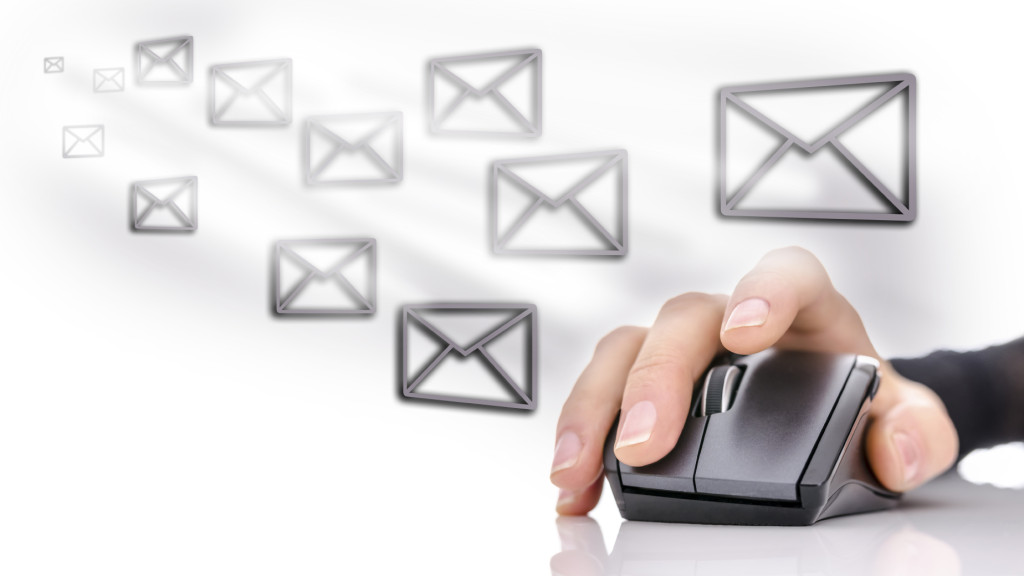
Email marketing is a powerful, yet often underutilized marketing tool. We often hear from clients that are hesitant about email marketing, because they consider it to be outdated or looked at as spam. In actuality, we’ll often see email marketing as having the highest conversion rate among campaigns. Email marketing is a great way to educate your target audience on your brand, as well as drive conversion-friendly traffic to your website.
But did you know that email marketing campaigns also have a game-changing bonus feature? Through your newsletters and eBlasts, a number of tests can be run. Not only can the results from these tests can be used to improve future emails, but they can be applied to your overall marketing strategy!
The main way to run different tests through email marketing is with A/B testing. A/B testing is the process of selecting two test groups to send similar emails to, but with a slight change between each of the emails. With these slight changes, you can track which email performs better, whether it be through the click-through rate or some other metric. Though this might seem like a time consuming task to set up two separate emails and then track them individually, it ends up saving a lot of time and money in the long run – and who doesn’t want to save time and money?!

So what are these A/B tests you can run? Some common ones include:
- Subject Line: Slight changes in the wording of the email’s subject can lead to an increased open rate. Try changing words around to see what attracts the most attention from your audience.
- Body Copy: Similar to changing the subject line, making changes to the content and body copy of your email may lead to an higher click-through rate and increased conversions.
- Imagery: Testing two different images in your separate emails allows you to see what your audience is more attracted to and what they’re more likely to interact with.
- Call to Action: Similar to the body copy, testing the call to action in the email will allow you to see if a slight change in wording can lead to more clicks. For example, try “Contact us today to book your appointment!” in one email, and “Give us a call to book your appointment today!” in another.
- Time and Day: This is an interesting test to run. Try sending out emails at different times of the day, or on different days completely, to see when your audience is most responsive.
- Different Deals and Specials: By sending out different offers to separate test groups, you can see what’s most popular on a larger scale going forward.
You don’t have to stop there, as the possibilities are really endless depending on what content you want to include and test in the email. Just make sure you’re accurately tracking the results through a service like MailChimp!
Not only will you be able to really nail your email marketing campaign for maximum reach, but all the results are transferable to your other marketing campaigns! Essentially, you’re using your list of contacts to run focus group type research at a much cheaper cost, while still receiving invaluable information. Go ahead, try it out. You won’t be disappointed with the information you gain.
Need some help with your email marketing campaign? Let us know, because Spark is here to help with that!


